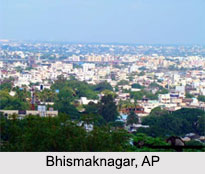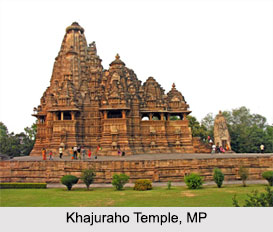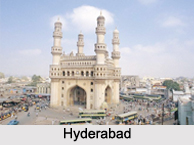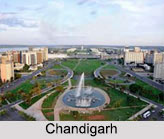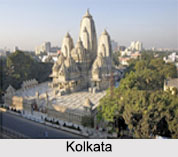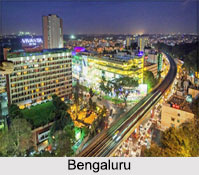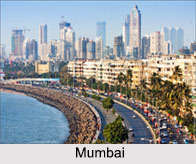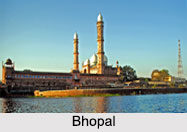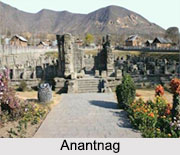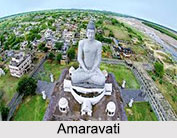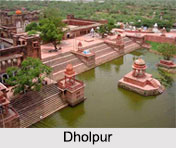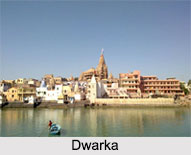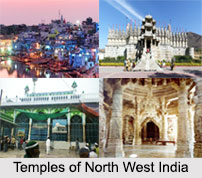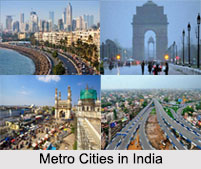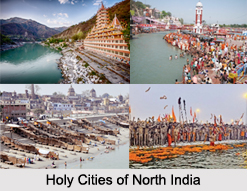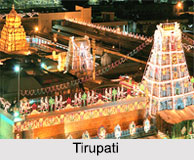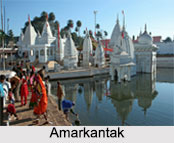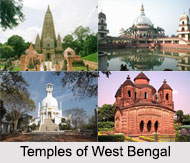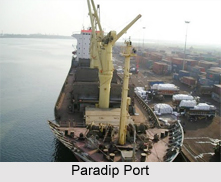 Paradip Port is an artificial, deep-water port on the eastern coastal belt in India before Visakhapatnam in Jagatsinghpur district of Odisha.
Paradip Port is an artificial, deep-water port on the eastern coastal belt in India before Visakhapatnam in Jagatsinghpur district of Odisha.
Location of Paradip Port
Paradip Port is situated at confluence of the Mahanadi river and the Bay of Bengal. It is situated 210 nautical miles south of Kolkata and 260 nautical miles north of Visakhapatnam.
History of Paradip Port
Paradip Port was once a mangrove swamp, used largely by local villagers for hunting, fishing and the collection of wood. In 1948 the Port (Technical) Committee of the Government of India determined an additional port was required between Visakhapatnam and Kolkata. This need for another eastern port became particularly obvious following Partition when the Port of Dhaka was separated from India. The State Government of Odisha started construction work on 15th March 1964, with the Central Government taking over management on 1st June 1965. The construction of Iron Ore Berth was completed and INS "Investigator" had the privilege of maiden berthing in the port on 12 March 1966. Paradip Port commenced operations with the export of a few thousand tons of iron ore, and has subsequently grown to the point of handling more than 50 million tonnes of cargo during the 1st decade of the 21st century.
Administration of Paradip Port
Paradip Port is administered by the Paradip Port Trust (PPT), an autonomous corporation wholly owned by the Government of India. In 1950 the Central Water and Power Commission proposed a Port between the Kolkata and Vishakapatnam, then Chief Minister of Odisha Biju Patnaik suggested construction of port in Paradip on Mahanadi River. The Paradip Port was the brainchild of Biju Patnaik. The foundation stone for Paradip port was laid on 3rd January 1962 by Pandit Jawaharlal Nehru, the Prime Minister of India.
Capacity of Paradip Port
Paradip Port has 20 berths with a minimum draft of 13 metres (43 ft). It can accommodate vessels up to 90,000 DWT.
Coal handling Plant in Paradip Port
Paradip Port has the fully automated coal handling plant that can handle up to 20 million tons of coal imports per annum. A single point mooring system handles very large crude carriers for Indian Oil.
Modern Paradip Port
Modern Paradip Port is developed by the advanced technologies. As of 2015, the approach channel was being dredged to increase depth to at least 18.7 metres (61 ft) to enable the port to handle capsize vessels. A western dock with 6 additional berths is completed.
Related Articles:
Raurkela
Iron and Steel Industry in India
Odisha, Indian state
Konark
Paradip, Jagatsinghpur District, Odisha
Port Cities in India
Iron
